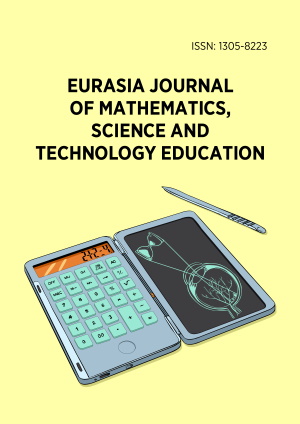Abstract
Augmented reality (AR) and virtual reality (VR) have attracted increasing interest in the field of education, largely because of their potential to create immersive and stimulating learning environments. These technologies appear to offer alternative approaches to traditional instruction, enabling interaction between teachers and learners in virtual spaces. Several studies have suggested that AR and VR tools can increase student engagement across a range of subjects and provide meaningful support in classroom settings. This systematic narrative review investigates the benefits, challenges, and application domains of AR and VR in education by analyzing studies published over the past ten years. The literature was gathered from six major academic databases: Scopus, Web of Science, ScienceDirect, ERIC, IEEE Xplore, and the ACM Digital Library. Following the preferred reporting items for systematic reviews and meta-analyses 2020 guidelines, 53 relevant articles were identified and analyzed. The findings indicated mostly positive outcomes tied to the adoption of AR and VR in education, especially in improving learning. Simultaneously, several recurring challenges have been reported, posing barriers to widespread implementation. The review concludes by highlighting areas where further research is necessary to integrate these technologies into educational practices more effectively.
License
This is an open access article distributed under the Creative Commons Attribution License which permits unrestricted use, distribution, and reproduction in any medium, provided the original work is properly cited.
Article Type: Review Article
EURASIA J Math Sci Tech Ed, Volume 21, Issue 9, September 2025, Article No: em2699
https://doi.org/10.29333/ejmste/16830
Publication date: 01 Sep 2025
Online publication date: 29 Aug 2025
Article Views: 14808
Article Downloads: 11496
Open Access References How to cite this article
 Full Text (PDF)
Full Text (PDF)